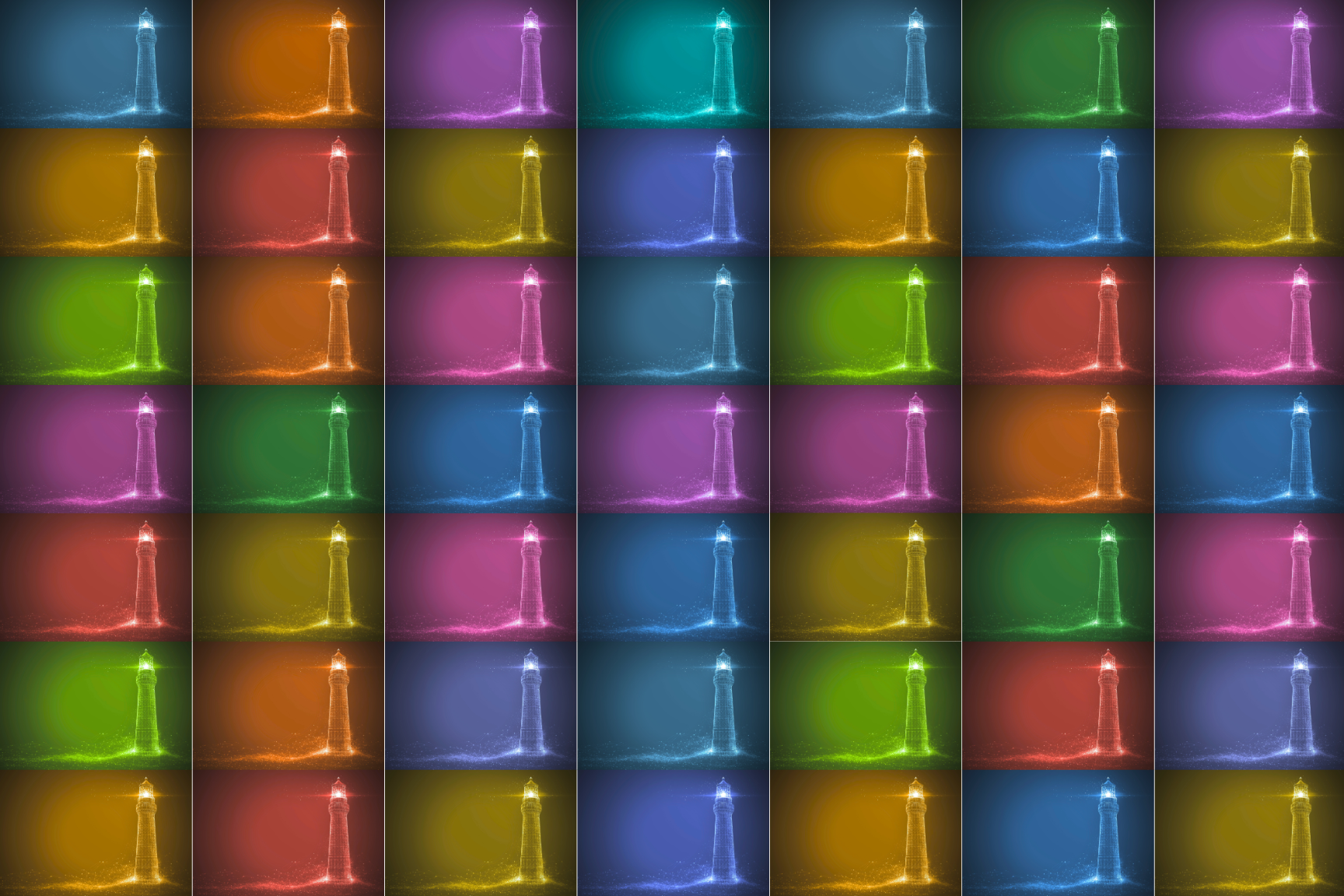
X-TREME 6G – our structure, our way: our mission
As the SNS JU’s microelectronics lighthouse, X-TREME 6G ambitions to create a network-centric, democratized, and open 6G platform in Europe; through the fabrication of disruptive chiplets and chipsets, to demonstrate key 6G use cases – Wireless X-haul, JCAS, NTN, and NaS.
Such a mission, which will be conducted between January 2025 and June 2028; could lead to concrete innovations in health, transportation, or even smart city solutions; and comes with a concrete structure, in which all of our partners have a precise role to play, to collectively shape the future of a new generation of wireless technology that will be intrinsically linked with the values shared by EU member States.
This very precise structure comes with work packages, that each consist of reaching steps that will complete each other towards X-TREME 6G’s final outcome.
The first package of our project, conducted under the leadership of Nokia Italia, WP1, entitled “Experimental Platforms for general 6G network use cases verification and validation”, aims to define and address specifications that will shape all the activities conducted in the project’s other work packages. In other words, WP1 is X-TREME 6G’s skeleton, or in more concrete terms, architecture. Over the first 18 months of the project, which already started more than five months ago, the efforts of Work Package 1 will focus on the definition of an architecture for 6G network validation and demonstration; on the specification and architecture of a radio platform; on the definition of a base band extension module; on the definition of system requirements for a NaS 6G experimental platform; and on the development of an open module end-to-end experimental infrastructure.
X-TREME 6G’s second work package, WP2, entitled “Reliable Microelectronics Platforms “Foundry Fabrication & 3D Heterogeneous Integration”, and led by our coordinator ST Microelectronics, aims to create a platform which will provide the project with the level of solidity and reliability required to achieve our final goal. In other words, WP2 is X-TREME 6G’s platform, which will help us take a big jump into the big pool of possibilities that our project let us envision.
With a focus on SiGe BiCMOS; InP HBT; and heterogeneous 3D packaging, the efforts conducted as part of X-TREME 6G’s work package 2 will therefore provide a solid structure which will kick our project in the only direction we wish to take: forward.
Closely linked and coordinated with the efforts delivered in WP2, X-TREME 6G’s third work package, WP3, entitled “Power & Cost-Efficient Microelectronics 6G Building Blocks” carries a transitional function, between the foundational work conducted in WP1 and WP2; and the development efforts that will be inherent to X-TREME 6G’s work package 4 and 5. Led by our partners from the Karlsruher Institute of Technology, WP3 focuses on hardware design aspects of X-TREME6G including chip, package and antenna designs. For this purpose a total of 22 distinct IC designs will be performed within the project, using the advanced InP, SiGe and embedded package technology platforms to achieve extreme 6G system performances.
In other words, while WP1 and WP2 are respectively X-TREME 6G’s architecture and platform, WP3 is our project’s bridge, between the old and the new, theory and practice, or the tools and their application.
After WP3 comes WP4, who as we are writing those lines has just been kicked off. Entitled “Resource efficient 6G algorithms and software”, X-TREME 6G’s fourth Work Package will lead to the implementation of 6G baseband extension components beyond basic functionality. In other words, while WP1, WP2, and WP3 can be perceived as X-TREME 6G’s architecture, platform and bridge; WP4 can be associated with the image of our project’s soul – a spirit that will animate the technologies developed at the end of the road we collectively chose to take.
Over the course of the work package, that is led by our partners from IMST, X-TREME 6G’s strong interconnection with Artificial Intelligence and Machine Learning will be highlighted, as they will both be used as tools to implement and evaluate the results generated at this stage of the project.
The work conducted in X-TREME 6G’s fifth work package, WP5, entitled “6G Open Test Platforms”, constitute our project’s final step – for our 6G open platform to become effective in a sustained way. Led by our partners from CEA-Leti, this work package consists of relying on the hardware and software developed previous work packages to integrate them into test platforms, spread between five key use cases – Wireless X-haul, Joint Communication and Sensing (JCAS), Non-Terrestrial-Networks (NTN), Network as Sensor (NaS), and private 6G networks. Those use cases will be given a specific importance in upcoming publications.
These platforms will be used to demonstrate our project results, and will also be built with the goal of providing an open environment, so that other projects and entities can use them beyond the duration of X-TREME 6G.
To keep on understanding what we do, and to stay connected with our advancements, stay tuned, and follow us on X-TREME 6G’s LinkedIn page – https://www.linkedin.com/company/x-treme-6g/
X-TREME 6G project has received fundings from the Smart Networks and Services Joint Undertaking (SNS JU) under the Horizon Europe research and innovation programme under Grant Agreement NO 101192681.